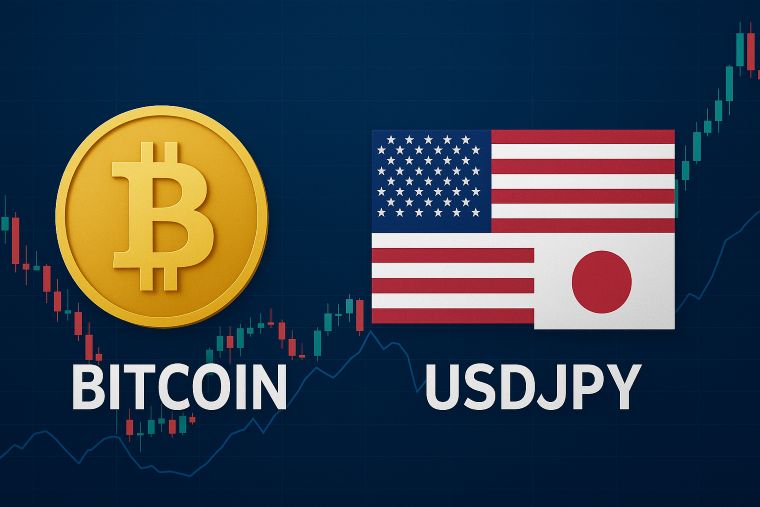3 min to read
USDJPY Holds Steady in the 146-Yen Range Supported by Surging US Bond Yields
in today's bustling New York foreign exchange market.

“USD/JPY Holds Steady in the 146-Yen Range Supported by Surging US Bond Yields”
In today’s bustling New York foreign exchange market, the USD/JPY currency pair has maintained a resilient position within the 146-yen range. Despite a brief dip below 145 yen over the weekend, the new trading week has witnessed a strong resurgence, with buyers re-entering the market and propelling the pair back into the 146-yen territory. This upward trajectory can be attributed to a combination of heightened demand for the US dollar and a weakening yen, primarily driven by the significant surge in US bond yields.
The benchmark 10-year US bond yield experienced a momentary climb to 4.34%, marking its highest level since November 2007. This relentless ascent in yields has spurred the USD/JPY pair’s continued pursuit of the coveted 150-yen threshold. Market observers remain attentive to the expanding interest rate differential between Japan and the United States, which remains a driving force behind the demand for the US dollar against the yen.
This week, the spotlight shines on the Federal Reserve’s symposium in Jackson Hole, Wyoming, commencing on Thursday, the 24th, with Chairman Powell scheduled to deliver a significant speech on the 25th. While the market widely anticipates the Federal Open Market Committee (FOMC) maintaining the policy rate during the September meeting, expectations of an additional rate hike before the year’s end have gained traction. Market participants eagerly await any hawkish signals that may emanate from Chairman Powell’s speech.
However, it is crucial to acknowledge that exchange rates are influenced by factors beyond mere interest rate differentials. Some market observers posit that these interest rate differentials may yield both favorable and adverse effects on the US dollar. In a global context where central banks are gradually concluding their rate-hiking endeavors, attention has shifted toward disparities in economic growth. Given the US economy’s continued outperformance relative to its G7 counterparts, a substantial depreciation of the US dollar appears improbable.
Conversely, the Euro-dollar pair has endeavored to reenter the 1.09-dollar range today but has encountered resistance, subsequently retracing to the 1.08-dollar territory. Investor sentiment towards the Euro has soured in light of mounting apprehensions concerning the Chinese economy and growing uncertainties within the Eurozone. This week, the market’s focus centers on the Eurozone’s preliminary Purchasing Managers’ Index (PMI) figures set to release on Wednesday, along with ECB President Lagarde’s anticipated speech at Jackson Hole on Friday. The content of these events may exert a considerable influence on the Euro’s trajectory.
Meanwhile, the Pound-dollar pair has exhibited fluctuations within the 1.27-dollar range, characterized by a lack of clear directional bias. Despite trading below the 21-day moving average, the pair has managed to maintain its position above the 100-day moving average, reflecting a comparatively robust performance against the Euro.
Since mid-July, the Pound-dollar pair has grappled with challenges in gaining momentum. Nevertheless, the Pound stands out as the top performer among G10 currencies this year, even amidst a sluggish UK economy. Expectations of Bank of England rate hikes beyond initial projections have provided substantial support to the Pound. The forthcoming rate hike at the September Monetary Policy Committee (MPC) meeting enjoys widespread anticipation. Short-term financial markets have set their sights on policy rates ascending to 6.00% by March of the following year, culminating in the terminal rate.
Nonetheless, we approach a potential turning point where interest rate differentials alone may no longer suffice to sustain currency valuations. To ensure the Pound’s continued outperformance, a robust UK economy is imperative. Nonetheless, with the UK’s GDP experiencing stagnation, the Pound may exhibit a diminished sense of stability in comparison to currencies backed by resilient economies, including the US dollar and the Japanese yen.
Visit XM Official Website.

